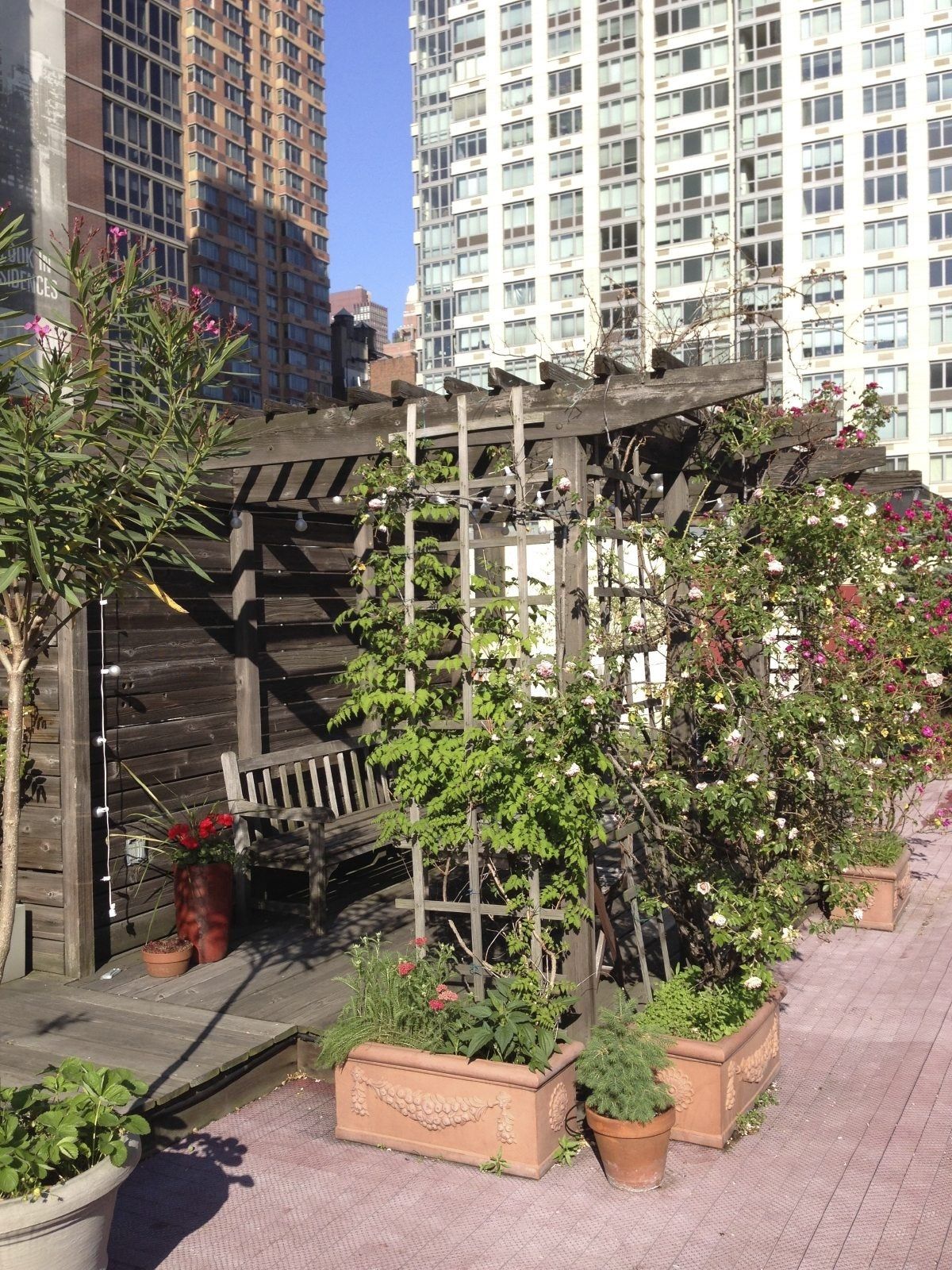The smart Trick of City Blooming That Nobody is Talking About
Table of ContentsSome Ideas on City Blooming You Should KnowThe Ultimate Guide To City BloomingCity Blooming for DummiesGetting The City Blooming To WorkCity Blooming Things To Know Before You Buy
Interested in growing food offer for sale in the City of Chicago? Believing regarding starting a community garden? Adjustments to the Chicago Zoning Ordinance enable agricultural uses like community gardens and urban ranches in numerous components of the city. Below is a list of often asked concerns regarding the regulations and guidelines that cultivators should take into consideration when intending a metropolitan farming project.
The zoning amendment does not customize any type of various other codes dealing with composting, structure permits, buying or renting City had residential property, service licenses or ecological contamination. There are existing codes that regulate these issues and they remain in full result and may apply to your project. Community gardens are generally possessed or managed by public entities, public organizations or community-based companies and preserved by volunteers.
Urban farms grow food that is meant to be marketed, either on a nonprofit or for-profit basis. Due to their business objective, metropolitan farms require a company license.
Not known Facts About City Blooming
Composting is permitted yet only for plant product that is generated and used on site. The quantity of compost product can not exceed 25 cubic yards at any kind of provided time according to the requirements in 7-28-715 of the City's Municipal Code. Yes. Because the dirt at many new garden websites needs modifying, garden compost, dirt, timber chips, or other materials can be obtained to build or enhance the expanding space - balcony and patio garden design.

If a building permit is called for then the hoophouse will be thought about an accessory structure. You can learn more about the structure authorization demands by getting in touch with the Division of Buildings. The 25,000-square-foot dimension limit is intended to stop a single community yard from controling a given block or interfering with the block's existing domestic or industrial character.
The limitation does not relate to gardens located in Public Open Area (POS) areas. Can there be greater than one community garden that is 25,000 square feet on a solitary block? Yes. The size restriction relates to private yards, not to individual blocks. No. Secure fencing is not needed, nevertheless, gardens that have big car parking locations may be needed to install fencing or other landscape design features.
City Blooming Things To Know Before You Buy
B1 & B2 districts require that all industrial usage tasks be carried out inside. Is secure fencing required for urban farms? Fencings may be called for, along with landscaping and testing, for particular vehicle parking locations and outside work or storage locations depending on location and the details activity taking place.
Yes. Urban ranches call for structure licenses and zoning approvals before building and construction. Various other types of city review might be needed relying on certain frameworks, activities, size, landscaping, licensing, public health and stormwater monitoring issues. Several of these needs are identified in the job layout or allowing procedure, however, the candidate might be responsible to separately identify particular licenses or allows that might be required.
The Department of Service Affairs and Customer Defense can aid figure out the certain type of business permit that's called for. Off road vehicle parking is needed for many commercial projects in Chicago. The required number of vehicle parking areas is based on the number of employees working on site and not the square footage of the growing area.
Rumored Buzz on City Blooming

Yes. A city farm can offer compost product generated on website, nevertheless, the procedure has to adhere to the regulations in 7-28-715 of the Chicago Municipal Code. Yes. Aquaponic systems are enabled inside on metropolitan ranches in many zoning areas. Nonetheless, a zoning evaluation and building license is called for in order to mount structures or systems and an organization license is needed as explained above.
Approximately 5 hives or colonies of honey might be maintained as an accessory use. Beekeepers must register with the Illinois Department of Farming. For more details concerning the recommended zoning modification you may get in touch with the Department of Housing and Economic Growth, Bureau of Preparation and Zoning at 312.744.8563.
Farming in cities and metropolitan areas A metropolitan ranch in Chicago. Urban farming describes different techniques of growing. https://clean-gondola-5c7.notion.site/City-Gardening-Transforming-Urban-Spaces-7213d2fdc6c341e8bd8975e4c2f79126?pvs=4, handling, and dispersing food in urban locations. The term additionally relates to the location activities of pet husbandry, aquaculture, beekeeping, and gardening in a metropolitan context. Urban agriculture is identified from peri-urban farming, which occurs in backwoods at the edge of suburbs.
The Buzz on City Blooming
It can include an activity of natural growers, "foodies" and "locavores", that seek to form socials media founded on a shared principles of nature and community holism. These networks can create using formal institutional support, becoming incorporated into neighborhood town as a "transition community" activity for sustainable city development.
The extra direct access to fresh vegetable, fruit, and meat products that may be understood with city agriculture can improve food safety and food security while decreasing food miles, visit here causing reduced greenhouse gas emissions, therefore adding to climate adjustment mitigation. Several of the initial evidence of city agriculture comes from Mesopotamia.